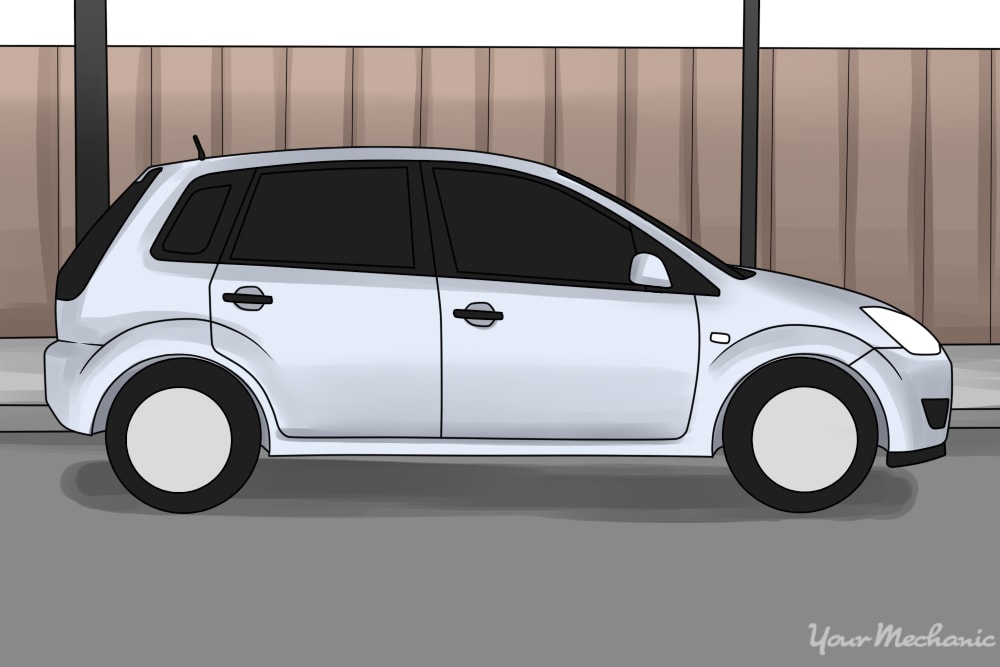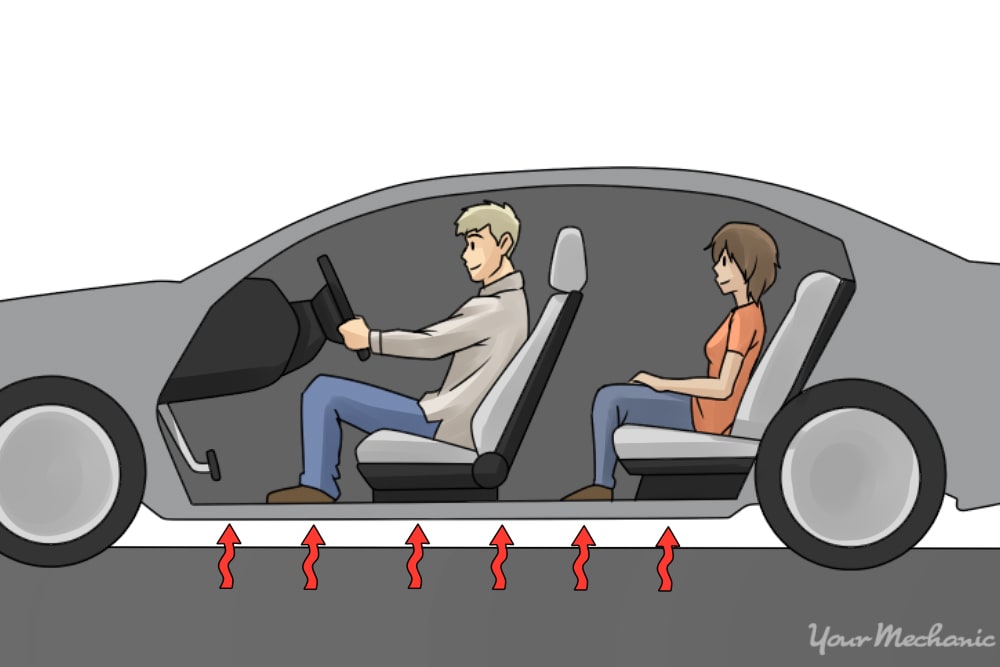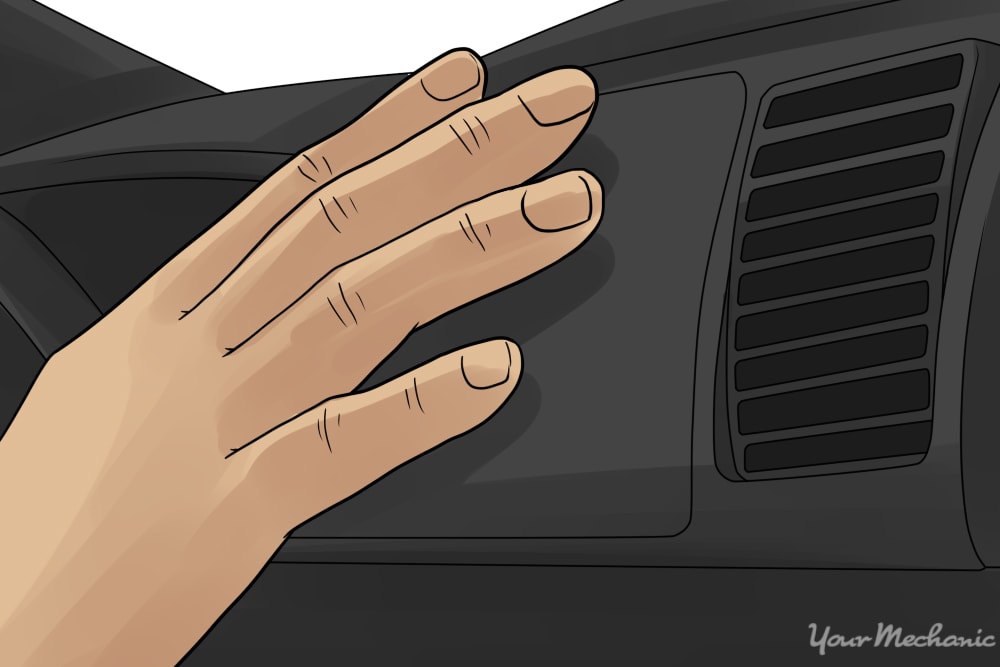

Automotive maintenance and the troubleshooting of even basic problems can be incredibly complex. As cars become more advanced, new computer-controlled elements and increasingly complex drivetrains are introduced into vehicles, and the level of difficulty in diagnosing and repairing a problem only goes up.
For those who aren’t mechanically-inclined, sorting out car problems can be a daunting process. Luckily, there is a basic level of intuitive diagnosing that anyone can do with nothing more than their senses (and we can leave the sense of taste out of it!). That is because most cars will consistently have certain symptoms that correspond to certain problems. At the very least, being able to identify the area in which the problem is located is a huge step in sorting out automotive issues.
Part 1 of 4: Use your sense of smell
Step 1: Check your car for unusual smells. Different smells on the inside or outside of your car can indicate issues with your car.
Unlike with noise or vibration, unusual smells are easier to detect because they are usually more noticeable. There will always be background noise and normal vibrations in a car, but the smell is usually more or less neutral.
It is important to be vigilant of strange smells in your car. Here are some things to look out for (sorted by urgency).
Step 2: Check for the smell of exhaust fumes inside your car. The smell of exhaust fumes inside the car should be great cause for concern. It's an indicator that exhaust gas is getting into the cabin of the car from somewhere under the vehicle.
If you smell exhaust gas in your car, stop driving and call a qualified mechanic to assess the issue before driving again. Exhaust gas contains carbon monoxide, which can cause loss of consciousness and even death if inhaled.
Step 3: Check for the smell of gas or oil. The smell of gas or oil usually indicates that there is a problem with one of those fluids leaking in the engine bay.
Gas can leak from around the tank or from underneath the car as well, but that would cause puddles of fuel to collect on the pavement, which would likely be noticed before the smell.
Ensure that you get a mechanic to check out either of these smells right away, as the problems that cause them are likely to get worse.
Step 4: Check for the smell of coolant. Coolant smells uniquely sweet and is easy to pick out among leak-related car smells.
If coolant is leaking out, then the engine is probably not being cooled sufficiently and could become damaged in the event of overheating. Contact a qualified professional to address any issue with an unidentified smell in the car.
Step 5: Check for the smell of sulphur. A couple of different parts can cause the smell of sulphur to be released if they are damaged or malfunctioning. These include the battery and catalytic converter. If the battery becomes overcharged, or if the catalytic converter begins to fail, then you will notice the smell of sulphur in or around the vehicle. In some instances, problems with the fuel system can also produce this odor.
Step 6: Check for the smell of burnt wood or rubber. When they experience too much friction and heat up, components that experience friction can produce smells that resemble burning wood or rubber. Parts such as the brake pads or the clutch will produce such smells.
Step 7: Check for the smell of mold or mildew. If your interior smells like mildew or mold, the problem likely lies with the air circulation system. The smell probably originates from the cabin air filter, especially if it has not been changed recently. However, a number of issues with the AC or heating units can also cause such an odor.
Part 2 of 4: Use your sense of touch
Your hands and feet are equally useful for diagnosing mechanical issues. Your hands can be used to diagnose problems with everything from the AC and heating system to the steering.
Step 1: Use your sense of touch. To diagnose car issues using your sense of touch, you don’t need to go around and physically touch every component of your vehicle. Instead, use it to sense unusual vibrations and other indicators that something is amiss.
Step 2: Inspect the dashboard and center console components. To do a brief inspection of the dashboard and center console components while the car is parked, test components such as the turn signals, windshield wipers, AC controls, and audio system controls to ensure that they are working properly.
Step 3: Check the AC vents. Turn the AC fan control up most of the way and put your hand in front of the air vent to ensure that the system is blowing cold air. If the AC system is not working properly, or if the knob(s) controlling it are not functioning, then you should contact a certified technician.
Step 4: Feel your steering wheel. When you're holding on to the steering wheel, you can use your hands to identify any problems that you may feel through the steering wheel:
The steering wheel vibrating or shaking indicates a problem with the wheels or brakes. If the steering wheel feels loose, it indicates a problem with the tie rods or ball joints. If the steering wheel is hard to turn, it indicates a problem with the power steering components.
If the steering wheel not responding correctly, it indicates a problem with the steering column or steering rack.
A problem with the transmission may make it difficult to shift. It also may cause trouble while getting into and out of gear. You can recognize this problem right away if you pay attention to how the transmission feels.
Step 5: Feel the pedals. Your feet are also very useful when it comes to diagnosing issues. Once a problem pops up with any of the pedals, it is a straightforward process to identify the source of the problem.
If there is an issue with the gas pedal, such as poor throttle response or if the pedal sticks to the floor, there is likely a mechanical problem with the engine, fuel delivery system, or a return spring in the pedal.
If there is a problem when the brake pedal is pressed, such as vibrations or unintended steering, then the problem is likely within the braking system of the vehicle. A pedal that vibrates is usually due to warped brake rotors or failing brake pads.
If your car has a manual transmission, then you also have a clutch pedal to deal with. The most common problem with the clutch pedal is a sudden lack of resistance when it is pushed, allowing the pedal to go all the way to the floor without returning as normal.
Part 3 of 4: Listen for any odd sounds
Step 1: Use your sense of hearing. When you first start driving, always pay close attention to how your car sounds when the engine is turned on, while driving, and while it is in park.
Become familiar with the sounds in your car when everything is operating properly so that you’ll know when things start to sound abnormal.
For instance, creaking or squeaking sounds heard when turning or steering can indicate a variety of issues, ranging from worn-out shocks and ball joints to damaged suspension.
On the other hand, clicking or popping sounds could indicate loose hubcaps or drive belts, worn out or imbalanced tires, or low engine oil. Strange noises during braking could be due to serious brake pad issues, whereas a backfiring noise can be caused by even more unsafe conditions, such as moisture in the fuel system or a malfunctioning air intake valve.
If you hear any of these noises, or any other sounds that are out of place, be sure to take note and describe them to a qualified mechanic who can diagnose the issue.
Part 4 of 4: Look out for any warning signs
Step 1: Keep an eye out for issues. For the most part when you are driving, your eyes should be on the road ahead. When this is the case, the only way to really diagnose a mechanical issue visually is to see smoke coming from under the hood. At that point, the issue is probably already pretty severe. For this reason, it's helpful to rely on your other senses to pick out problems before they get to that point.
Step 2: Check the dashboard for warning lights. One thing that you should definitely keep an eye on is the dashboard.
There are a number of warning lights on the dashboard that can tell you when there is a problem.
The main light to keep an eye out for is the Check Engine light. If you find that this light has illuminated on your dashboard, have it professionally diagnosed by a qualified technician from YourMechanic.






